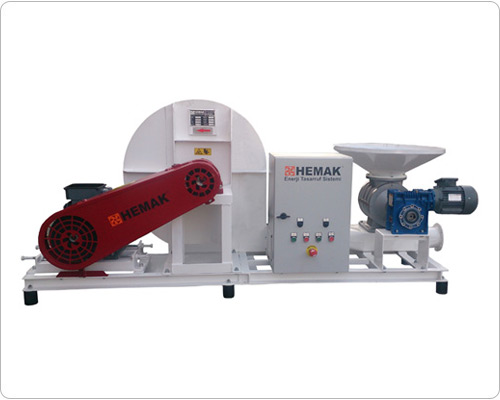Pneumatic Conveying & Dosing Systems
Product introduction
Pneumatic Conveying Systems are used to transport granular materials from one place to another by the flow of air flowing through a conduit. In the case of pneumatic conveying systems, the hopper is required directly on the ejector or the ball valve for the granule feed. Higher capacities require high pressure from the blower outlet. The most effective way to achieve this is to increase the rpm. For this reason, the belt pulley is used between the motor shaft and the blower shaft in high capacity blowers. The method of obtaining efficient pressures at higher capacities is the use of large-rotor multi-rotor.
Benefits
Installation space is minimum, transport pipes can reach the desired location. Low-weight transport pipes do not overload the building. There are no heavy parts to be mounted in hard-to-reach places. Flexible mounting thanks to various modular pipe parts and fittings. The capacity adjustment is easy thanks to the slider in the rotary input. Maximum capacity is achieved by pressure transport. Pneumatic control ensures constant air flow for the transport of granules. Pipe connections are located on both the blower and the suction side. In this way, it can be used for blower and suction.
Working Principle
Blower System
When the conveying pipe is connected to the pressurized side of the blower, a strong air flow is delivered to the conveying pipe. The ejector or loading hopper in the system enables the materials to be transported to the piping system. Dispensers are used to ensure that granules are easily transported to different delivery locations.
Suction System
The part of the blower's air inlet is used for suction transport. The inlet of the blower is connected to the lower outlet of the cyclone above the suction cyclone. The system is suitable for the granulation of the material with a fixed or flexible pipeline from different regions. For example, pulling directly from the floor etc.
Usage areas
Pneumatic Conveying System is used in many branches of industry, construction works, casting, raw material, ceramic, cement sectors.





